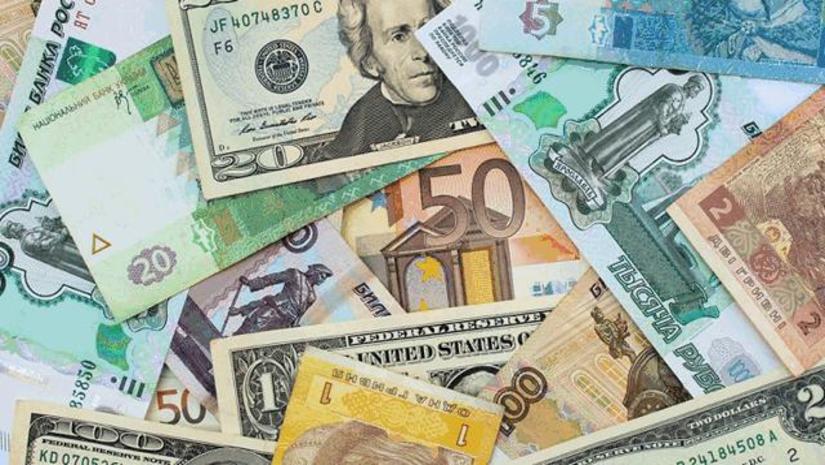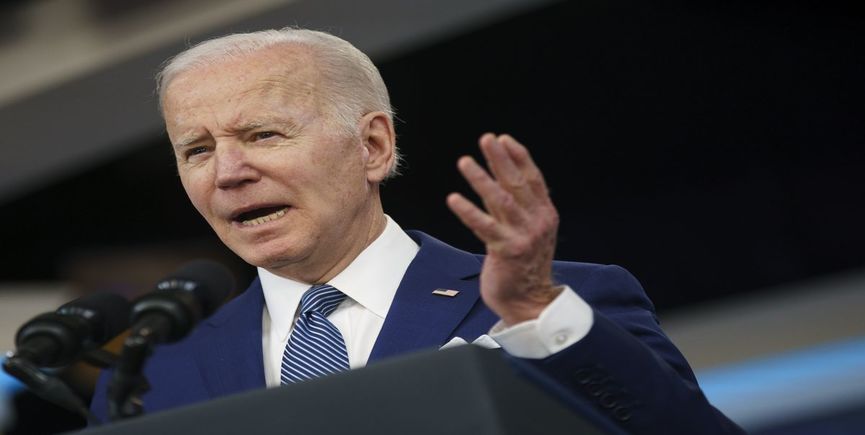
- September 13, 2021
Diversifying Your Portfolio With Foreign Currencies?
Investing technique that distributes risk across a multitude of various kinds of assets is called portfolio diversification.
The goal of this approach is to mimic the activity of just two financial markets, such as the stock, and bond markets. Still, your portfolio's worth is tied to the worth of both marketplaces.
Choose the top 10 forex trading platforms to diversify your portfolio with several currencies.
Currency Diversification
However, one might argue that had a part of the investment been invested in foreign currency-denominated assets, such as Swiss Francs, it would have an entirely different effect on the portfolio.
It's possible that any losses incurred on your regional stock and bond markets were partly offset by how the Swiss currency and property markets performed compared to your home currency and sectors.
Trading Portfolio Diversification
Prior to the end of the Second World War, the mix of stocks and bonds was the standard approach to portfolio diversification. To mitigate the effects of a slow-down in the economy, debt securities try to accumulate interest while stocks decline due to economic uncertainty.
However, if the economy becomes worse and inflation starts to damage the value of a currency, this approach will fail. This example shows that in order to fully pay for the incurring losses from stock investments, investors must recover for the loss on their bond investments as well.
However, residential real estate transactions may go bad once the U.S. housing market's subprime lending disaster struck.
Leverage the UK forex trader and get various currencies to trade in the forex market.
Added A Foreign Currency To The Portfolio
There is no relation between currency trading and investment, but if you want to add a foreign exchange aspect to your portfolio, you may explore investing in foreign currency valued assets now, due to the current state of global finance.
If the goal of the investor is to diversify and equalize the portfolio, assets in other currencies may be included. If this were a possibility, part of the holdings might be swapped for a currency with a greater interest rate.
Investing in a nation's stock of currency may be regarded to be similar to investing in national currency. When a nation is enjoying wealth and success, its currency will be strong. However, when a country is in a global downturn, its currency will be weakened.
Which Currencies Would Be Considered
When the Federal Reserve interest rates are now at zero, holding U.S. dollar cash holdings is less appealing. An investor may thus find it more advantageous to swap dollars for dollars.
Australia's rates of interest are about four and a half percent, whereas the income generated on U.S. dollars entering the Australian market would be approximately four and a half percent.
Allocating a portion of your portfolio to a commodities currency is another method to broaden an investment portfolio. While inflation risk is reduced with this policy, particularly if the commodity money is from an oil generating country such as Canada or a gold exporter like Australia, there will still be some inflation risk.
In addition to these three countries, dollars from New Zealand and Australia, as well as the Canadian dollar, are also regarded commodity currencies, and their economies have been widening nicely over the past decade or so while the markets of the United States, Japan, and Europe have remained lethargic. A more diversified portfolio may be obtained by engaging in assets or cash holdings in these currencies.
While fluctuating exchange rates may potentially put your money at risk, fluctuating exchange rates can also help your portfolio.
Moreover, while inflation has affected the value of money worldwide, it is still possible to get an excellent return on investment by carefully managing your currency exposure in your portfolio.
Read the full forex review guide and make the trades in forex reviews with the best brokers in the market.



















